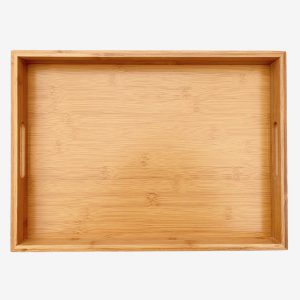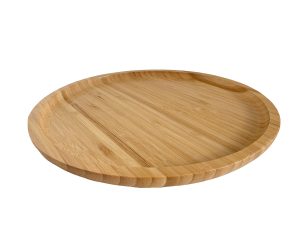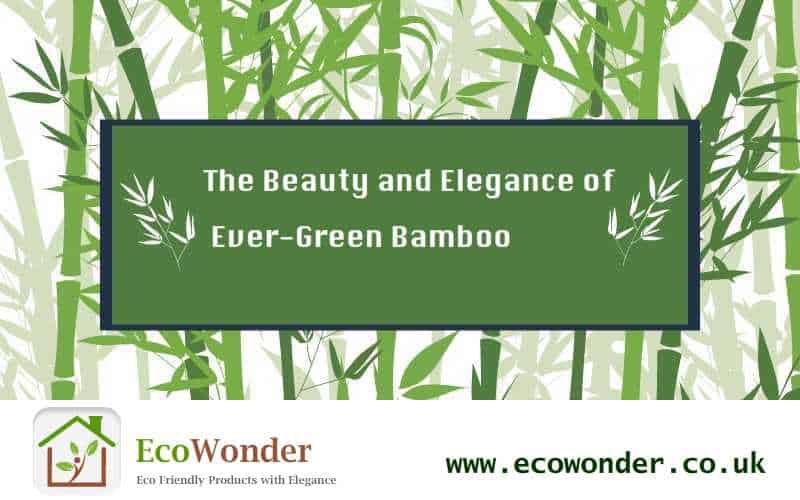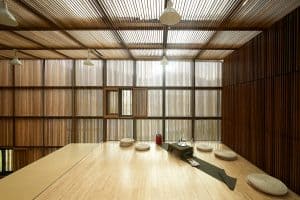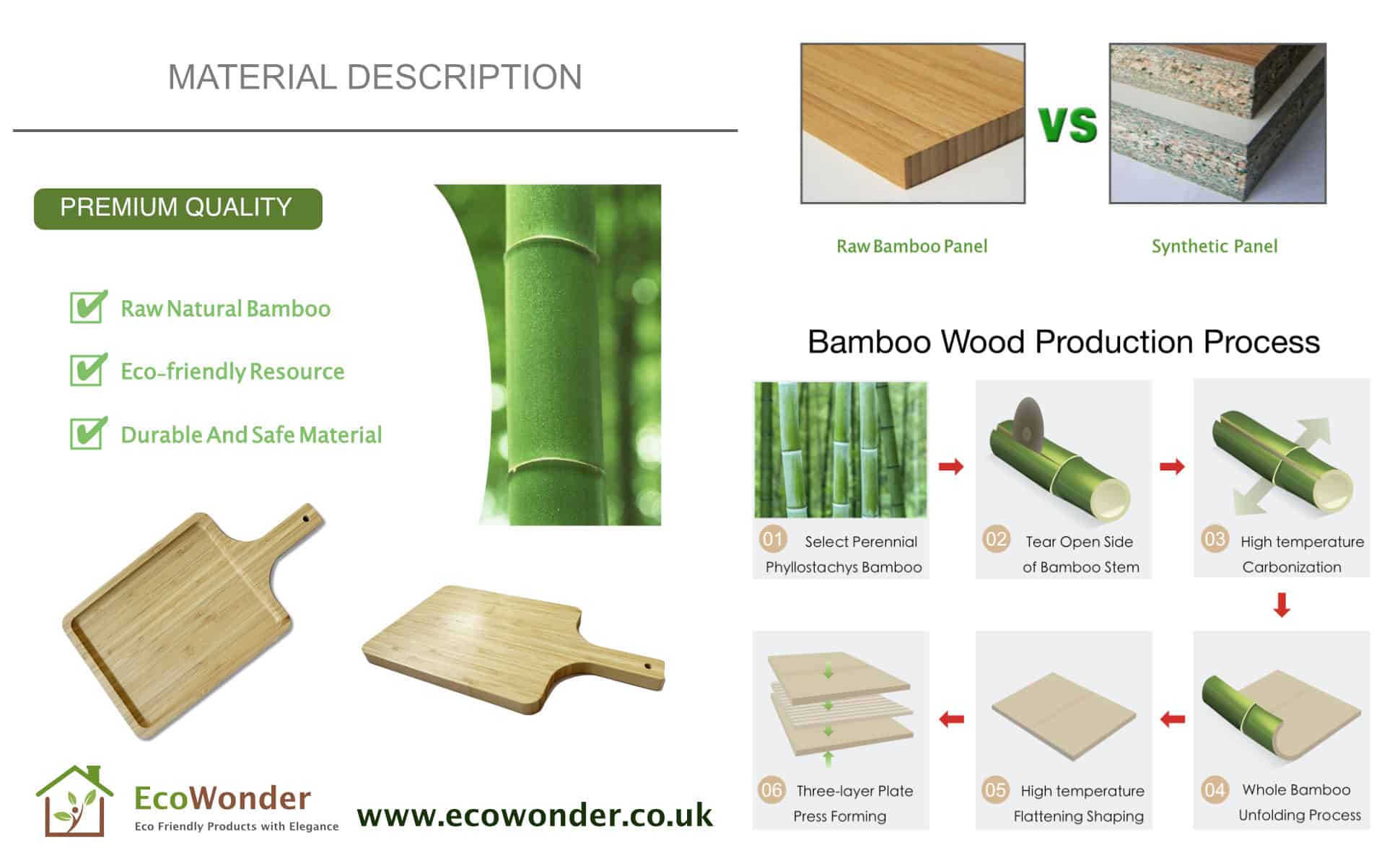Bamboos are some of the fastest-growing plants in the world and Bamboo Culture is a symbol of oriental beauty over the centuries. Have you ever been to a bamboo forest? You can stand amongst soaring stalks of bamboo and feel like you’re in a totally different world to the one you live in. One of the most relaxing things about strolling through a bamboo forest is the gentle swaying of the bamboo stalks as the wind gently pushes them around. During the day, the sun filters through this dense forest, projecting an amazing pattern of slashes of light onto every surface of the ground. Bamboo forests usually give you some spiritual feeling and it is such a magic place for you to think and reflect. The wild bamboo forest is home to a wide range of species such as tropical bats, woodpeckers, porcupine and giant pandas. In order to appreciate more of this amazing treasure of our planet, let’s go through the history and discover how it connect to people’s souls and emotions.
Origin of Bamboo
The species of bamboo that we know today evolved from prehistoric grasses between thirty and forty million years ago, long after the extinction of the dinosaurs. While bamboo occurs in a wide range of tropical, subtropical and temperate regions of all continents, it is thought to have originated in China, where its usage can be traced back to 7,000 years ago. As early as the Shang Dynasty (16th-11th century B.C.), bamboo was already used in various aspects of ancient people’s daily lives. It was used for food, clothing, housing, transportation, music instruments and even weapons. Before the Eastern Han Dynasty (25-220 A.D.) when paper was invented, strips of bamboo had been used as the most important writing medium more widely used other materials, such as silk, animal furs and rocks. China’s first books were crafted from bamboo strips on string.
Bamboo Culture
Bamboo has the title of “gentleman” among other plants. As a symbolization of virtue, bamboo is always closely related to people of positive spirits. People think its deep root denotes steadiness and persistence; its tall, straight stem represents honour; its hollow interior and clean exterior exemplify modesty. It represents the character of moral integrity, resistance, modesty and loyalty. It also stands as an example of loneliness and elegance. This value becomes one of the major themes in Chinese painting, calligraphy and poetry. For thousands of years, generations of artists praised bamboo in their paintings, calligraphies and poetries. Many ancient scholars chose to live in deep mountains surrounded by bamboo forests. Su Dongpo, a famous writer of the Song Dynasty (960-1279 A.D.), wrote in his poem, “I would rather eat no meat than live without bamboo.”
Bamboo and Architecture
Bamboo is as beautiful as it is practical, and it has been used in architecture for a long time. In South America, for example, evidence was found that bamboo was used to build dwellings up to 9,500 years ago. Today, some group in Asia, like the Dai people in Laos, still live in the two-storied bamboo stilt houses — the upper floor of the house contains bedrooms, kitchens and balconies, and the ground floor is used to house poultry and domestic animals. As it is light and tough with elasticity and bearing capacity, bamboo is an ideal building material, and it’s also an elegant material with an extremely low carbon footprint. Bamboo architecture is growing in popularity. It has gone from the building material of the poor to the choice of architects and artists with rapid ambition. At the first-ever international Bamboo Architecture Biennale showed, bamboo can be used in all kinds of things, including exterior sheathing, structural spines, interior screens, ventilation systems, canopies, stairs, ceilings, floors, and walls. We may expect to see more of this sustainable and renewable building material in our future homes.
Bamboo Products
Bamboo has been made into numerous products over the years: from furniture such as bamboo chairs, bamboo stools and bamboo beds, to kitchenware including bowls, plates and bamboo chopping boards. As for containers, there are bamboo cupboards and bamboo cases; writing materials, like bamboo brushes and bamboo pen containers; and clothing, like bamboo hats and bamboo shoes. Whether they are made of raw or treated bamboo, they all seem to be used with more frequency now that we are re-discovering the versatility of the products. In Beijing and Bangkok, bamboo shoots are a valuable addition to many dishes. In Japan, nimble-fingered craftsmen fashion it into fans, flutes and other lovely handicrafts. It is imported to the Western Countries, where interior decorators use it to trim elegant flats, giving it a “tropical touch”. Perhaps the most encouraging trend of all is that we are only beginning to realize how green bamboo is as a nature material. As we continue to search for ways to lessen our impact on the environment, bamboo may offer us the best chance to save our remaining forests so that future generations can experience the simple joys of wooden touch.



